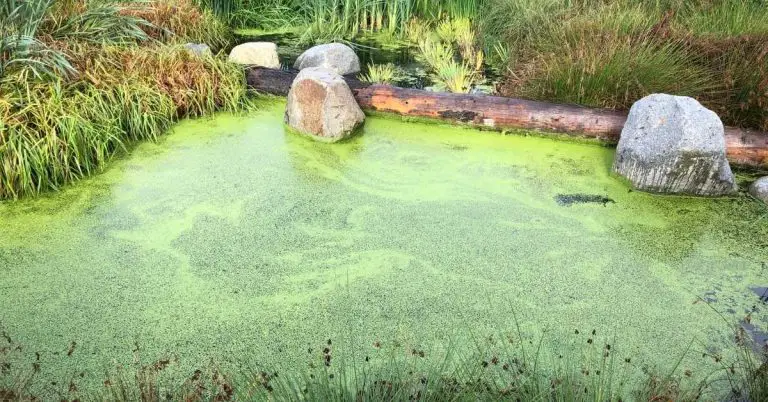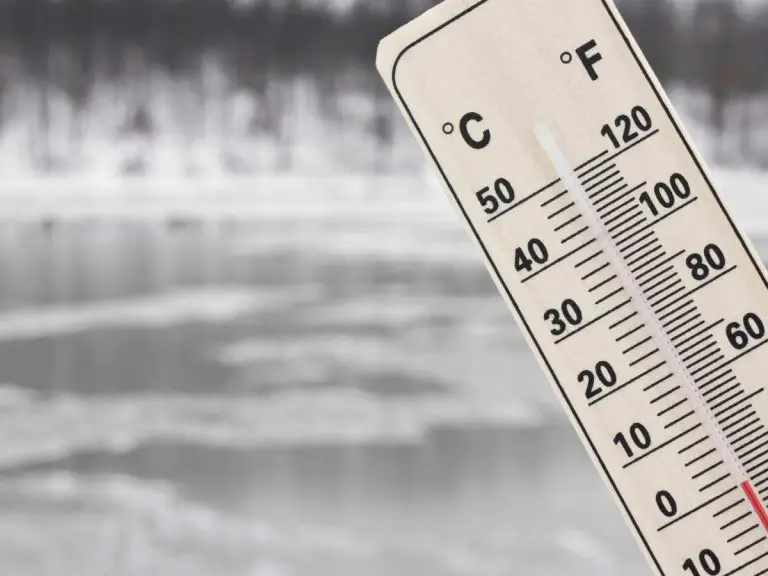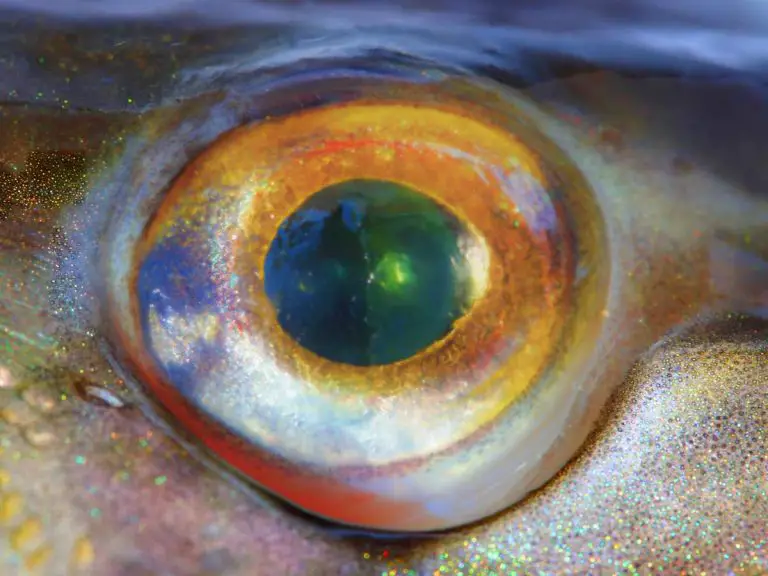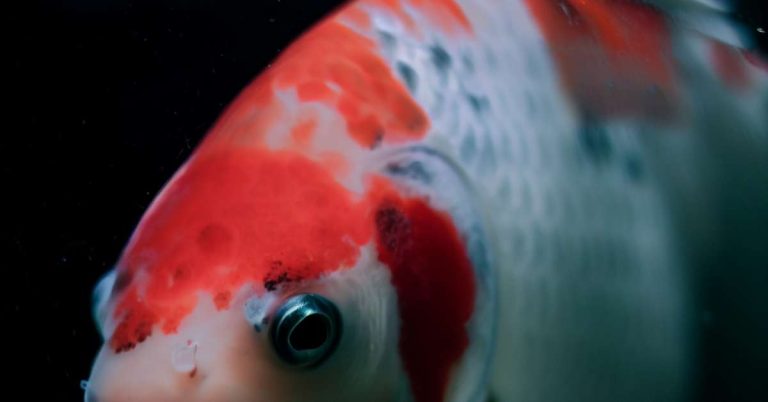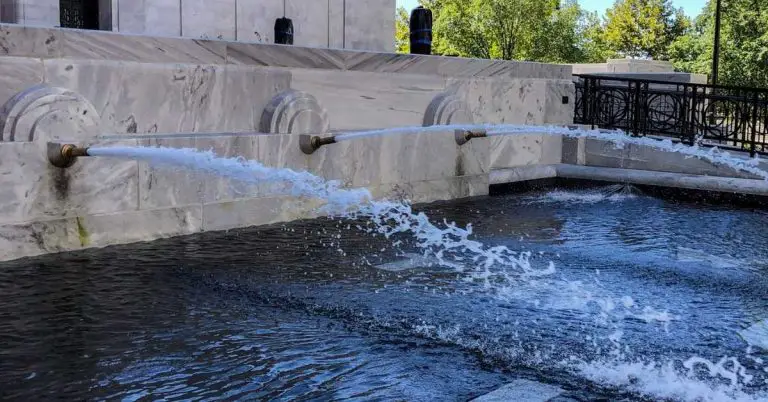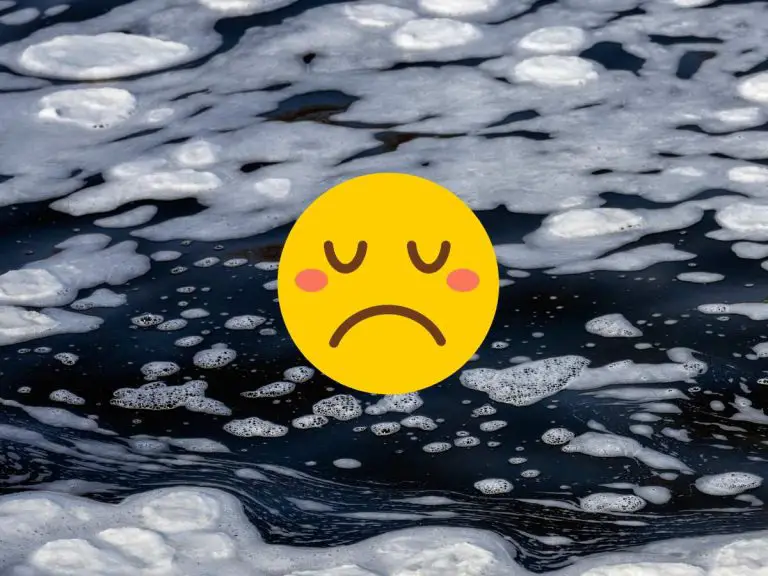These Are The Benefits of Using Koi Clay: A Guide to Enhancing Koi Fish Health and Water Quality Maintenance
If you’re wondering what koi clay is and why it’s used in fish ponds and water gardens, you’ve come to the right place!
Koi clay is a natural product that has the potential to improve water quality and enhance the health of koi fish. Koi clay offers numerous benefits, including improved water clarity, reduction of harmful bacteria and parasites, and enhanced koi fish coloration and growth. But that’s just the tip of the iceberg!
In this guide, we’ll explore the benefits of using koi clay, different application methods, proper dosage guidelines, troubleshooting tips, and how to maintain optimal water quality in your koi pond.
So, keep reading to discover everything you need to know to utilize koi clay effectively and ensure the health and vitality of your koi fish.
Looking for some good quality Koi clay? Try this Calcium Montmorillonite Clay available on Amazon.
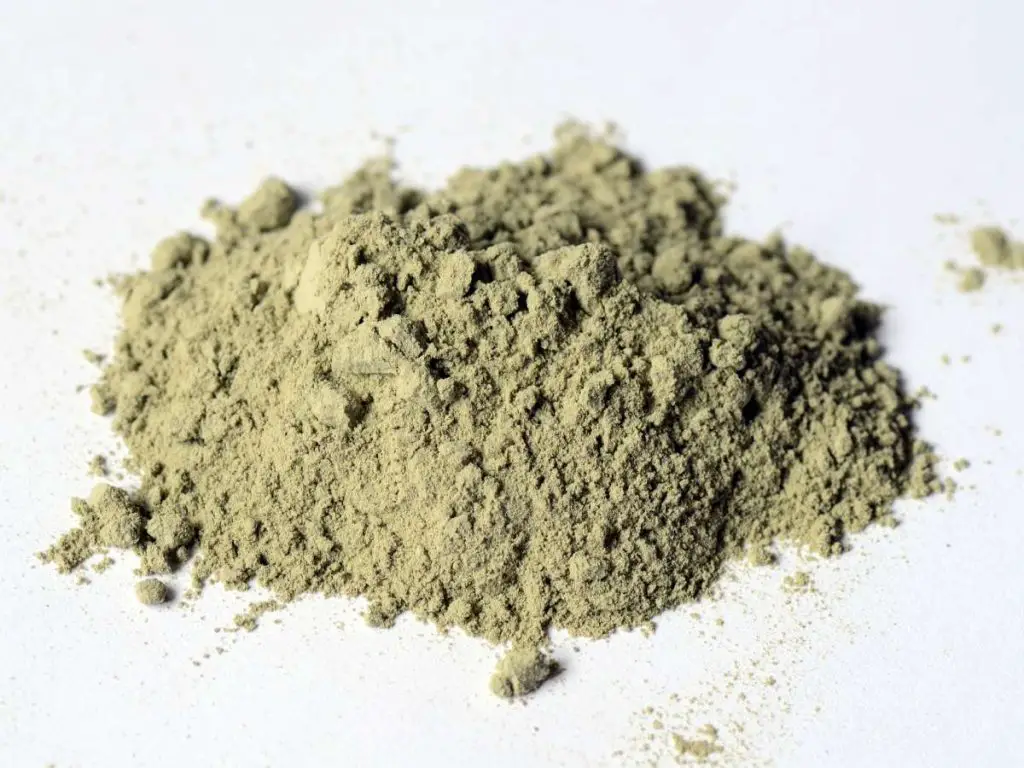
Benefits of Using Koi Clay
Using koi clay in your fish pond or water garden comes with a host of benefits that can help create a healthy and vibrant environment for your koi fish. Let’s get into how koi clay can improve your pond and enhance the wellbeing of your fish.
Improved Water Clarity
One of the major benefits of using koi clay is its ability to improve water clarity. By binding with suspended particles in the water, the clay helps to settle them to the bottom of the pond, resulting in clearer water. This means you can enjoy a crystal-clear view of your beautiful koi fish and the overall aesthetic appeal of your pond will be enhanced.
Reduction of Harmful Bacteria and Parasites
Koi fish can be susceptible to various harmful bacteria and parasites that can negatively impact their health. Koi clay contains minerals and natural elements that can help inhibit the growth of these pathogens, reducing the risk of diseases.
By incorporating koi clay in your pond, you can provide a safer environment for your fish, minimizing the need for harsh chemicals or medications.
Enhancement of Koi Fish Coloration and Growth
If you’re a koi fish owner, you know how important their vibrant colors are. Koi clay can help intensify and enhance the natural colors of your fish, making them even more visually stunning.
Additionally, the minerals and trace elements found in koi clay provide essential nutrients that can promote healthy growth and development in your koi fish.
Koi Pond Water Quality Before and After Using Koi Clay
| Water Quality Parameter | Before Using Koi Clay | After Using Koi Clay |
|---|---|---|
| Water Clarity | Cloudy | Clear |
| Bacterial and Parasite Presence | High | Reduced |
| Koi Fish Coloration | Faded | Intensified |
Application Methods of Koi Clay
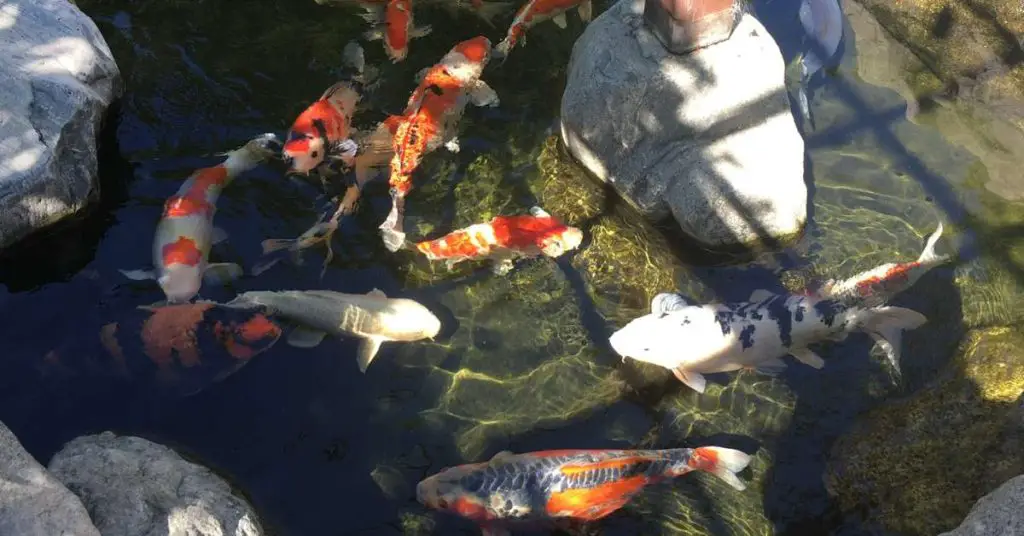
Now that we know about the exciting benefits of using koi clay in our fish ponds and water gardens, let’s dive into the various application methods and tips to ensure optimal results. Applying koi clay can be a straightforward process, but there are certain dos and don’ts to keep in mind.
Dos and Don’ts
When it comes to applying koi clay, it’s important to follow some basic guidelines. Firstly, do read and carefully follow the instructions provided by the manufacturer. These instructions are designed to help you achieve the best results. Secondly, do handle the koi clay with clean hands or wear gloves to prevent any contamination.
Now, let’s talk about the don’ts. Don’t apply koi clay directly onto your fish. This can potentially harm them or disturb their natural protective slime coat. It’s always better to dilute the koi clay before introducing it to your pond. Additionally, don’t exceed the recommended dosage. Remember, less is often more when it comes to supplementing with koi clay.
Application Methods
There are a few different ways to apply koi clay, so you can choose the method that works best for you and your pond. One common method is to mix the koi clay with water before adding it to your pond.
Simply dilute the recommended amount of koi clay in a bucket of pond water, stir well, and then pour the mixture into the pond. This ensures a more even distribution of the clay particles.
Alternatively, you can also sprinkle the koi clay directly into the pond. This can be useful for smaller ponds or specific areas that need some targeted treatment. Just be careful not to apply too much in one spot, as it may create clumps that can be challenging to dissolve.
Proper Timing
Choosing the right time to apply koi clay is crucial for its effectiveness. It’s generally recommended to apply koi clay during the early morning or late afternoon when the fish are most active. This way, they can benefit from the clay’s healing and soothing properties while being able to experience the freshest water.
Additionally, try to avoid applying koi clay immediately before or after feeding your koi. The disturbance caused by feeding can prevent the clay from settling and interacting with the water properly. It’s best to wait at least 30 minutes after feeding to apply the clay, allowing the fish to digest their meal and allowing the clay to be fully absorbed.
Dosage Guidelines for Koi Clay
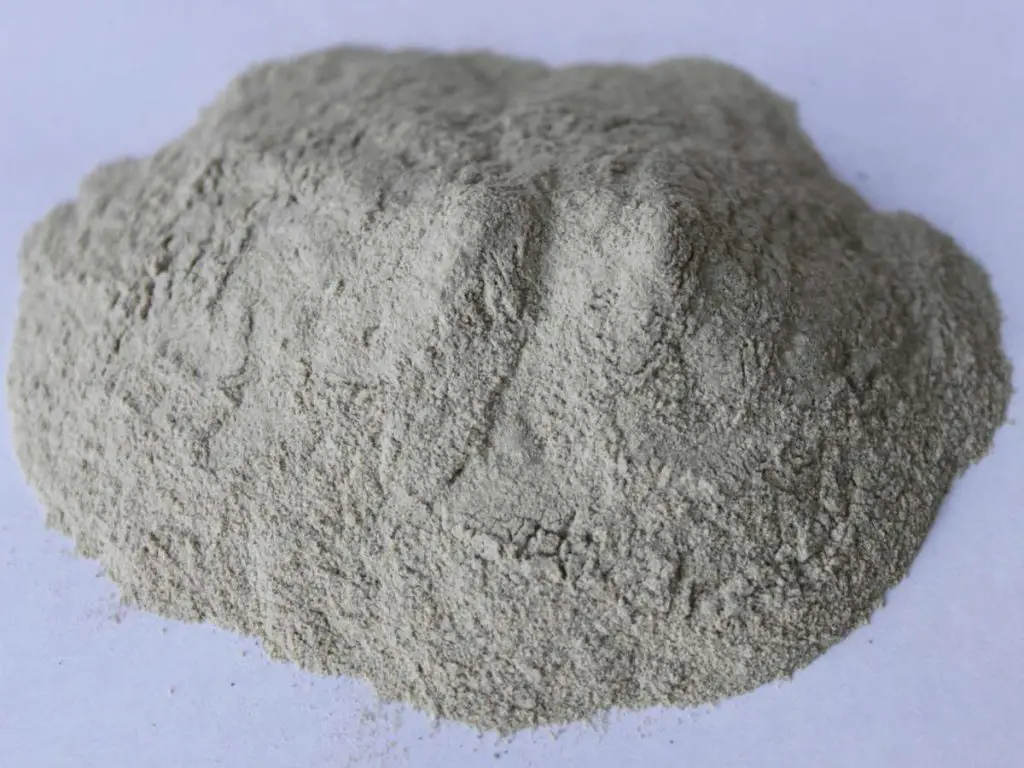
Finding the right dosage of koi clay for your pond is essential to ensure its effectiveness and avoid any potential issues. Here is a Koi clay dosage table followed by some factors to consider when applying it:
Koi Clay Dosage Reference Table
| Pond Size (Gallons) | Initial Dosage (for first application) | Maintenance Dosage (weekly/bi-weekly) |
|---|---|---|
| 500 – 1,000 | 1/4 cup | 1 tablespoon |
| 1,000 – 2,500 | 1/2 cup | 2 tablespoons |
| 2,500 – 5,000 | 1 cup | 1/4 cup |
| 5,000 – 10,000 | 2 cups | 1/2 cup |
| 10,000 – 20,000 | 4 cups | 1 cup |
| 20,000+ | 8 cups | 2 cups |
Factors to Consider
1. Pond size: The size of your pond plays a crucial role in determining the amount of koi clay required. Larger ponds will require higher dosages to treat the entire volume of water effectively.
2. Water volume: The total volume of water in your pond is another factor to consider. Make sure to calculate this accurately, including any depth variations, to determine the appropriate dosage.
3. Fish population: The number of koi fish in your pond can also impact the dosage. If you have a higher fish population, you may need to increase the dosage slightly to accommodate for their waste production.
Now, let’s look at some general dosage guidelines based on pond size and water volume:
General Dosage Guidelines
- For small ponds (up to 500 gallons), start with a dosage of 1 tablespoon of koi clay per 100 gallons of water. Observe the water quality and adjust the dosage as needed.
- For medium-sized ponds (500-1,000 gallons), begin with 2 tablespoons of koi clay per 100 gallons of water. Monitor the pond closely and make any necessary adjustments to the dosage.
- Larger ponds (over 1,000 gallons) may require higher dosages. Start with 3 tablespoons of koi clay per 100 gallons of water and carefully assess the results.
Remember, these are general guidelines, and it’s crucial to monitor your pond’s water quality regularly to determine the optimal dosage. Additionally, certain specific needs or issues may require adjustments in the dosage:
Adjusting Dosages
- If you notice persistent water quality issues even after using the recommended dosage, you may need to slightly increase the amount of koi clay. Be cautious not to exceed the dosage too much, as it can disrupt the pond’s balance.
- Conversely, if you experience any adverse effects, such as cloudy water or fish agitation, consider reducing the dosage. Sometimes, a lower dosage can be just as effective without causing any unwanted side effects.
It’s also vital to avoid common dosage mistakes, such as overtreating the pond or underestimating the dosage required. Always measure the koi clay accurately and follow the guidelines provided by the manufacturer.
Now that you have a better understanding of dosage guidelines, you can confidently apply the right amount of koi clay to your pond, ensuring its effectiveness in maintaining water quality and enhancing the health of your koi fish.
Troubleshooting Koi Clay Use
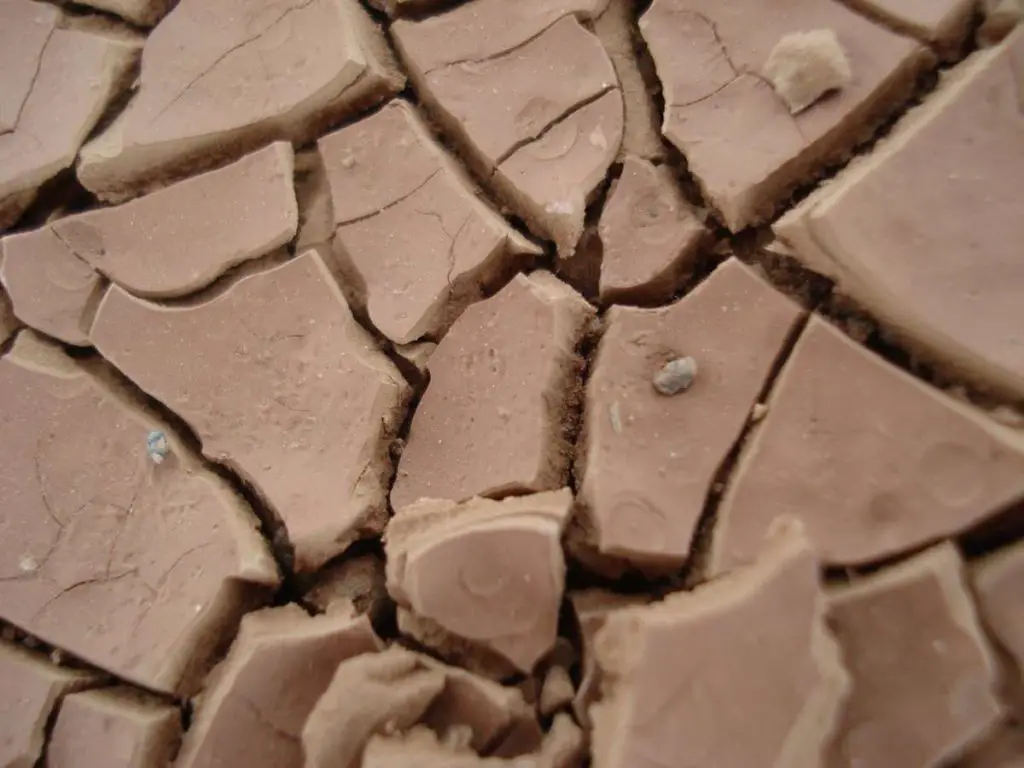
Common Issues when using Koi Clay
Using koi clay in your pond can sometimes lead to a few common issues that may cause concern. Don’t worry though, I’m here to help you troubleshoot and find solutions!
- Cloudy water: If you notice that your pond water becomes cloudy after applying koi clay, it could be due to overdosing or improper application. Make sure to follow the dosage guidelines and apply the clay evenly throughout the pond.
- Fish agitation: Some koi fish may become agitated after the introduction of koi clay. This is usually temporary and can happen when the clay causes a change in pH or water hardness. Keep an eye on your fish and monitor their behavior over time. They should adjust and become comfortable again.
- Decreased effectiveness: If you have been using koi clay for a while and notice that it’s not as effective as before, it could be due to an increase in the number of fish or the overall load on the pond. Consider adjusting the dosage or frequency of application to meet the changing needs of your pond.
Troubleshooting Tips and Solutions
- Cloudy water: To fix cloudy water, first check if you have overdosed the pond with koi clay. If so, perform a partial water change to dilute the excess clay. If the issue persists, check your filtration system to ensure it’s functioning properly and keeping up with the demand. Also, make sure to optimize your pond’s biological and mechanical filtration to maintain water clarity.
- Fish agitation: If your fish appear agitated, test the water parameters such as pH and water hardness. Make sure they are within the optimal range for koi fish. If any adjustments are needed, take steps to gradually normalize the water conditions. Additionally, provide ample hiding spaces and shade for your fish to help them adapt to the changes.
- Decreased effectiveness: If you find that koi clay is becoming less effective, consider increasing the dosage or applying it more frequently. However, make adjustments gradually to avoid shocking your fish or causing imbalances in the pond’s ecosystem. It may also be beneficial to review your overall pond maintenance routine and ensure that other factors, such as proper feeding and regular water changes, are being addressed to support optimal water quality.
Koi Pond Water Quality Maintenance
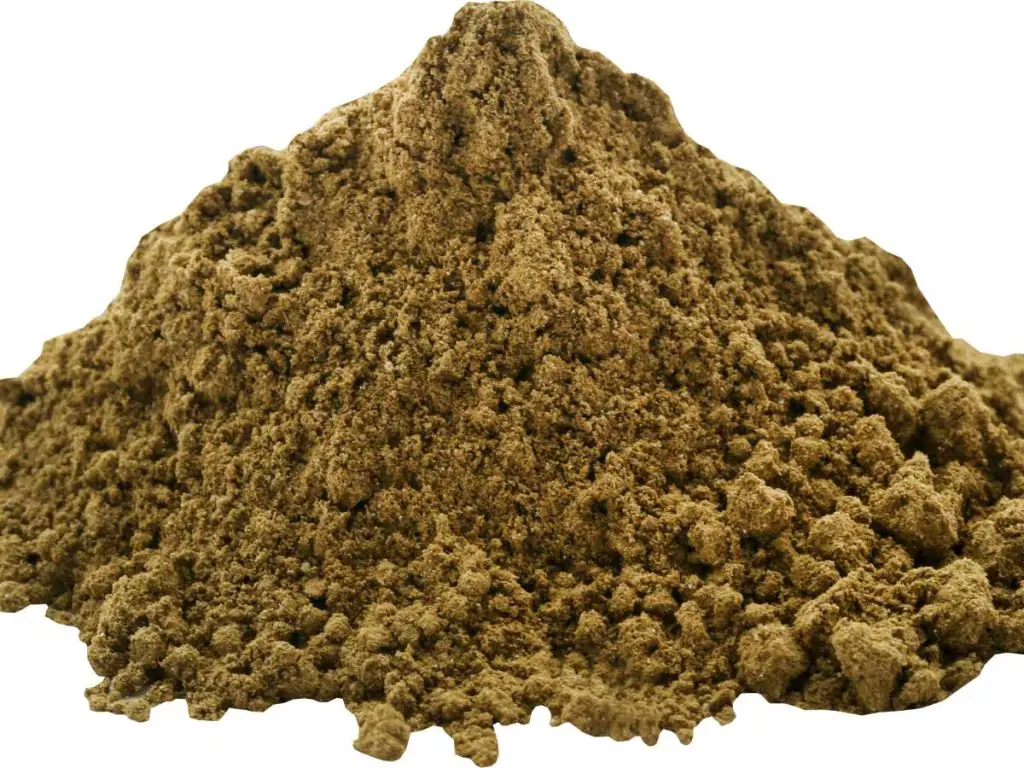
Keeping your koi pond water clean and healthy is crucial for the wellbeing of your fish. Fortunately, there are several methods and practices you can implement to maintain optimal water quality.
Other methods and practices for maintaining water quality in koi ponds.
In addition to using koi clay, there are other effective ways to maintain water quality in your koi pond. One method is to incorporate aquatic plants, such as water lilies and water hyacinths, which help absorb excess nutrients and provide oxygen. These plants not only add beauty to your pond, but they also create a balanced ecosystem.
Another practice is to regularly remove any debris, such as leaves or fallen vegetation, from the surface of the pond. This helps prevent the buildup of organic matter that can negatively impact water quality.
Regular testing and monitoring of water parameters.
To ensure optimal water quality, it is essential to regularly test and monitor the water parameters in your koi pond. This includes measuring pH levels, ammonia and nitrite levels, and temperature. Testing kits are widely available and provide accurate results.
By regularly monitoring these parameters, you can quickly identify any imbalances or potential issues and take prompt action to maintain a healthy environment for your koi fish.
Importance of filtration systems and proper maintenance.
A reliable filtration system is a vital component of any koi pond. It plays a crucial role in removing debris, excess nutrients, and harmful substances from the water, ensuring it remains clean and clear.
Regular maintenance of your filtration system is essential. This includes cleaning or replacing filter media as recommended by the manufacturer, checking the functionality of pumps and UV clarifiers, and ensuring the entire system is running smoothly.
Recommended water quality parameters for koi ponds.
| Water Parameter | Ideal Range | Acceptable Range |
|---|---|---|
| pH | 7.0-8.5 | 6.8-8.8 |
| Ammonia (NH3) | 0 ppm | 0-0.25 ppm |
| Nitrite (NO2) | 0 ppm | 0-0.25 ppm |
| Temperature | 72-82°F (22-28°C) | 65-85°F (18-29°C) |
Enhancing Koi Fish Health with Koi Clay
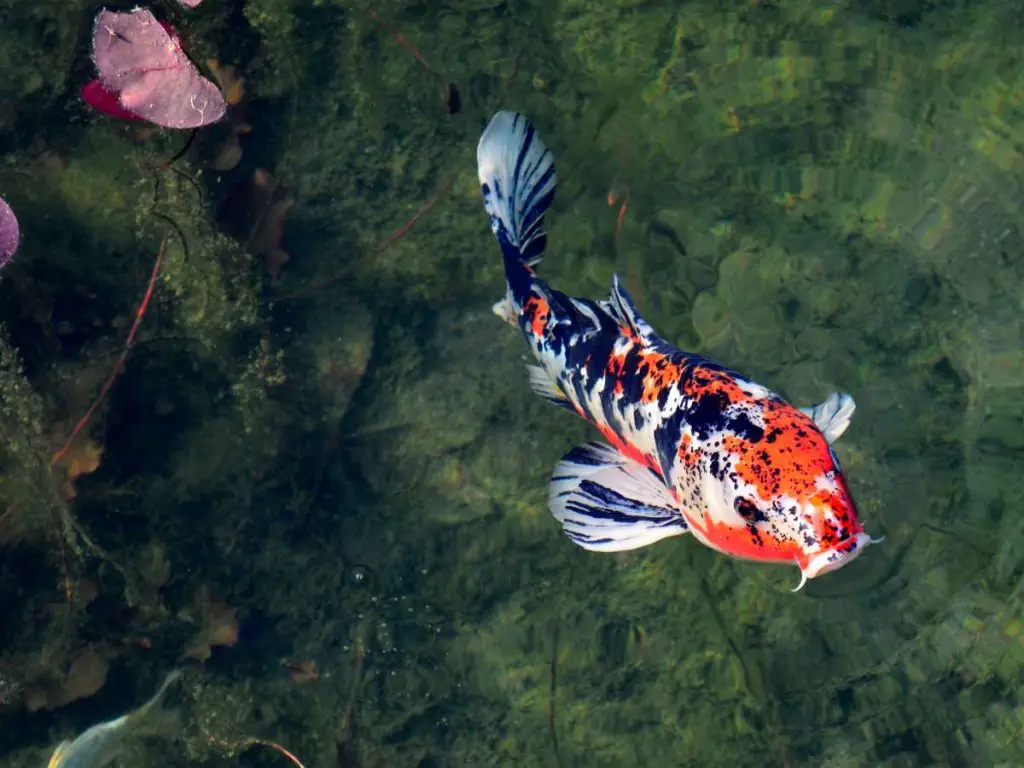
How koi clay can contribute to overall koi fish health.
When it comes to maintaining the health of your koi fish, koi clay can play a vital role. This natural product is rich in minerals and trace elements that can enhance the overall wellbeing of your koi. By using koi clay in your pond, you can provide your fish with essential nutrients that promote their growth, vitality, and immune system.
Understanding the nutritional benefits of koi clay.
Koi clay is packed with beneficial minerals such as calcium, magnesium, and potassium, which are essential for the development and maintenance of koi fish. These minerals support the growth of strong bones and enhance their overall health and vitality. Koi clay also contains trace elements that are important for the proper functioning of various bodily processes in koi fish.
Other ways to enhance koi fish health.
While koi clay can greatly contribute to the health of your koi fish, it’s important to remember that it should be used in conjunction with other important practices. Providing your koi with a balanced diet that meets their nutritional needs is crucial. Ensure that you are feeding them quality food that contains the necessary nutrients they require for optimal health and growth.
Regular check-ups with a veterinarian who specializes in koi fish can also help in maintaining the overall health of your fish. They can provide guidance on potential health issues, recommend vaccinations or treatments, and offer advice on proper care and maintenance.
By incorporating koi clay into your pond, providing a balanced diet, and seeking professional advice, you can create an environment that promotes the health and vitality of your koi fish. Enhancing their overall wellbeing will not only result in beautiful and vibrant fish but also ensure their longevity and happiness. So why wait? Start utilizing koi clay and other beneficial practices to see the positive impact on your koi fish today!
Final Thoughts
So there you have it – everything you need to know about koi clay and its benefits for your fish ponds and water gardens! By utilizing this natural product, you can maintain water quality and enhance the health of your beloved koi fish.
Key Takeaways:
- Koi clay is a natural product that improves water clarity, reduces harmful bacteria and parasites, and enhances koi fish coloration and growth.
- There are different application methods for koi clay, such as directly adding it to the pond or pre-mixing with water, and the timing of application is crucial.
- When determining the dosage, consider factors like pond size, water volume, and fish population. Dosage guidelines can be adjusted based on specific needs or issues, but be aware of common dosage mistakes to avoid.
- Troubleshooting koi clay use involves addressing issues like cloudy water and fish agitation. Seek professional help if needed.
- Koi pond water quality maintenance includes other methods like regular testing, monitoring, and proper filtration system maintenance.
- Koi clay contributes to overall koi fish health, along with a proper diet and regular check-ups.
By following the advice and guidelines provided, you can experience the numerous benefits of using koi clay and improve the wellbeing of your koi fish. Don’t hesitate to start using koi clay in your ponds or water gardens – your koi fish will thank you for it!
Related Questions
Can koi clay be harmful to other aquatic plants in my pond?
No, koi clay is typically safe for aquatic plants when used as directed. It helps improve water quality by binding with impurities and harmful substances, without causing any harm to the plants. However, it’s always a good idea to follow the dosage guidelines and avoid overusing the clay, as excessive amounts may affect the pH level of the water, which could potentially impact plant health.
Is koi clay safe for other types of fish in my pond?
Yes, koi clay is generally safe for other fish species in your pond as well. It doesn’t specifically target koi fish but can benefit any fish species by improving water clarity and reducing harmful bacteria and parasites. However, it’s important to always consider the specific needs and tolerances of the fish in your pond. If you have any concerns, it’s best to consult with a professional or an expert in aquatic life to ensure the clay is suitable for all the fish species in your pond.

